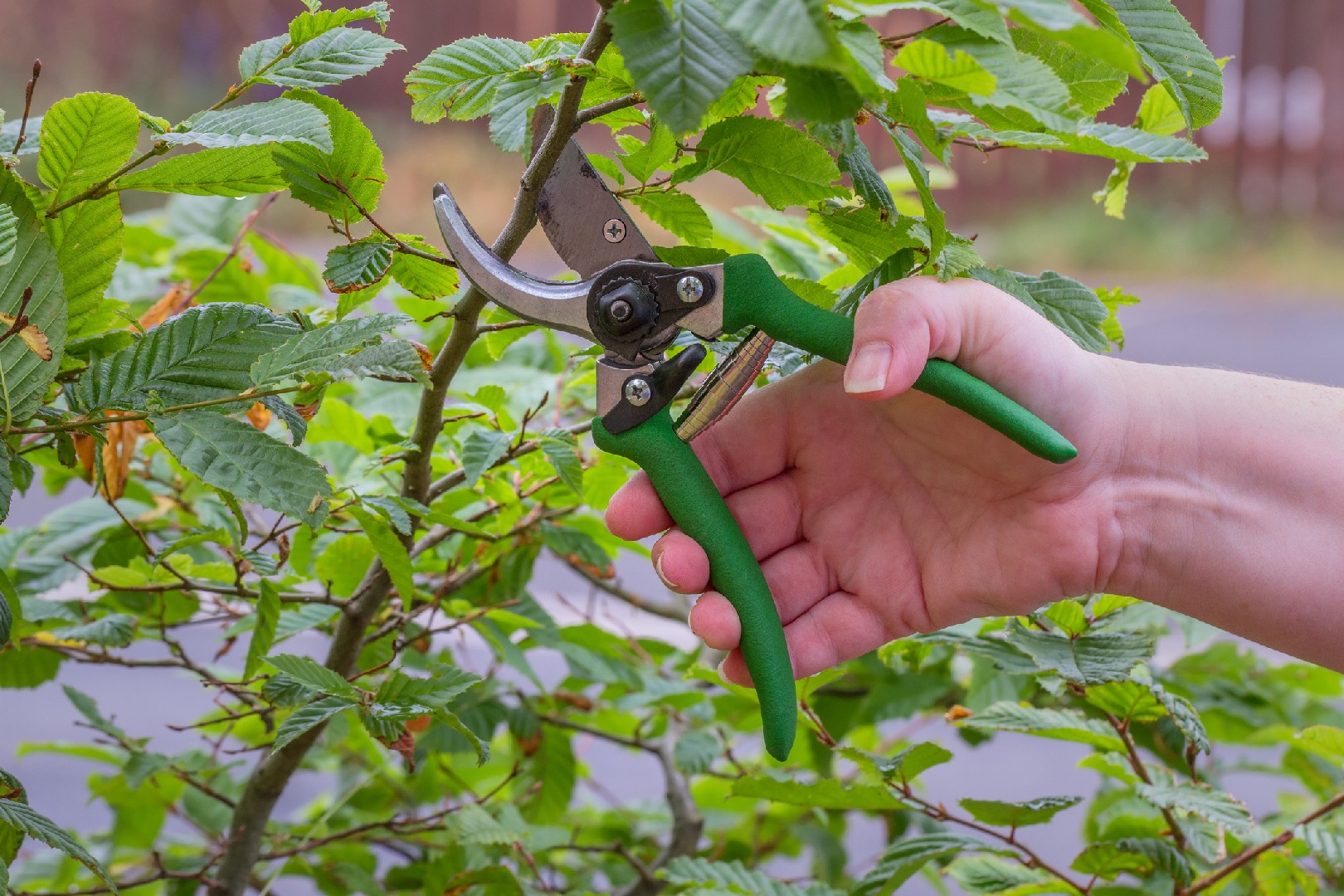
The Pruner's Arsenal: Essential Tools for Every Gardener
In the world of gardening, having the right tools can make all the difference. When it comes to pruning plants, having a well-stocked arsenal of tools is essential for effective maintenance. Different types of pruning tools cater to specific plant needs, and understanding their uses and features can help you achieve the best results.
One of the most common tools for pruning is the bypass pruner. Its scissor-like design allows for precise cuts, making it ideal for delicate plants and live branches. The bypass pruner's sharp blades ensure clean cuts, minimizing the risk of infection or damage to the plant. This type of pruner is often used for shaping hedges, removing dead stems, or cutting back overgrown branches.
For heavier pruning tasks, a lopper is the go-to tool. With long handles and extendable arms, loppers provide extra leverage and strength to tackle thick branches. The cutting mechanism of a lopper is similar to that of a bypass pruner, but with longer blades and more cutting power. Loppers are perfect for pruning fruit trees, shrubs, and large ornamental plants.
Another tool to consider adding to your toolkit is the pruning saw. Unlike pruners or loppers, a pruning saw is designed specifically for cutting through thick branches and stems. Its coarse, razor-sharp teeth make quick work of any woody growth that needs to be removed. A pruning saw is an invaluable tool for tree pruning and is especially useful when dealing with branches that are too thick for loppers or pruners.
When choosing pruning tools, it's crucial to consider the specific features that cater to the needs of different plants. Some tools offer adjustable cutting angles or replaceable blades, allowing for greater versatility and longevity. Ergonomic handles with non-slip grips ensure comfort and reduce hand fatigue during prolonged use.
While branded pruning tools often come with a higher price tag, they are often made of higher-quality materials and offer better durability. However, generic options can also be reliable and cost-effective choices. It's important to strike a balance between cost and quality when selecting your pruning tools.
In conclusion, having a well-equipped arsenal of pruning tools is essential for effective plant maintenance. By choosing the right tools for each pruning task, you can ensure clean cuts and promote the health and growth of your plants. From bypass pruners to loppers and pruning saws, each tool has its specific uses and benefits. Take the time to invest in high-quality tools that fit your gardening needs, and you'll be rewarded with beautiful, well-maintained plants.









